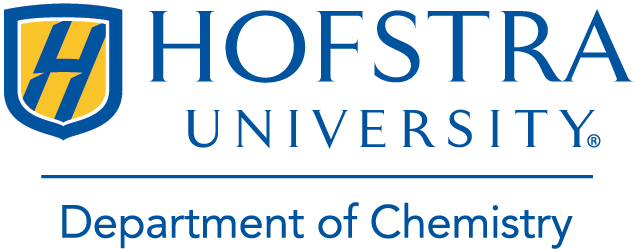Student Research: Antonio Collado & Dr. Scott Lefurgy
Antonio & Dr. Scott Lefurgy
Directed Evolution of the P99 Cephalosporinase
Dr. Lefurgy & Antionio’s research is focused on antimicrobial resistance. According to Antonio, antimicrobial resistance continues to grow to become a major public health threat, expecting to kill up to 10 million people by 2050. One of the culprits behind rising cases of resistance includes beta-lactamases, the enzymes responsible for hydrolyzing beta-lactam antibiotics such as penicillin.
Among the different groups, AmpC beta-lactamases prove to be the challenging to clinicians due to extensive hydrolysis rates and resistance to beta-lactamase inhibitors. Due to specific mutations within binding sites of the enzyme, AmpC beta-lactamases are evolved with broad substrate specificity and reported to have resistance to 3rd and 4th generation cephalosporins along with carbapenems. An approach to study the evolution and structure of AmpC beta-lactamases includes site-directed mutagenesis, mutating one specific amino acid to another, of a model enzyme (P99 cephalosporinase) to resemble more evolved beta-lactamases (DHA-1 & FOX-4). In literature, extensive kinetic data and crystal structures exist for single mutants of P99, but it is unknown how these mutations work in combination with each other. To bridge this gap in our understanding, I structurally aligned P99, DHA-1, and FOX-4 and chose specific positions in P99 to mimic both enzymes which could potentially increase activity toward beta-lactams.
Multiple positions within P99 were mutated at random, followed by growth screening among an array of beta-lactams to select a mutant with higher activity than the wild type along with in-vitro enzyme kinetics. The art of combining structure-based and random mutagenesis are two principles within the Directed Evolution of Enzymes principle in order to mimic evolution in a laboratory setting. After finding a more active mutant and characterizing it by enzyme kinetics, future directions would be to conduct random mutagenesis on this mutant, followed by growth screening in hopes of obtaining a more active mutant. By tracking specific changes that causes increased activity, these amino acids would be essential in hydrolysis of beta-lactams, leading to the development of more potent therapeutics.

